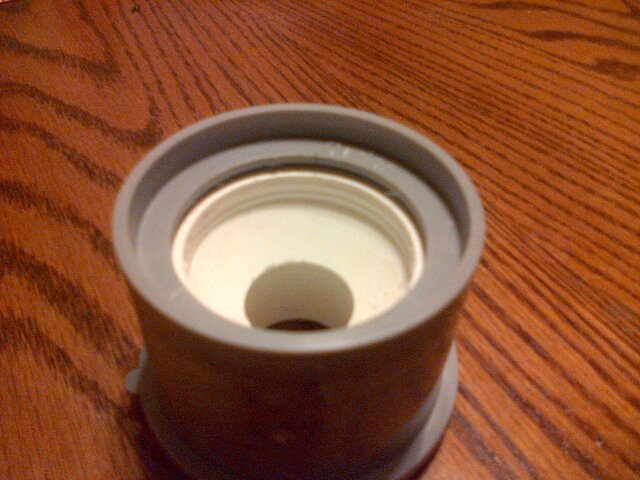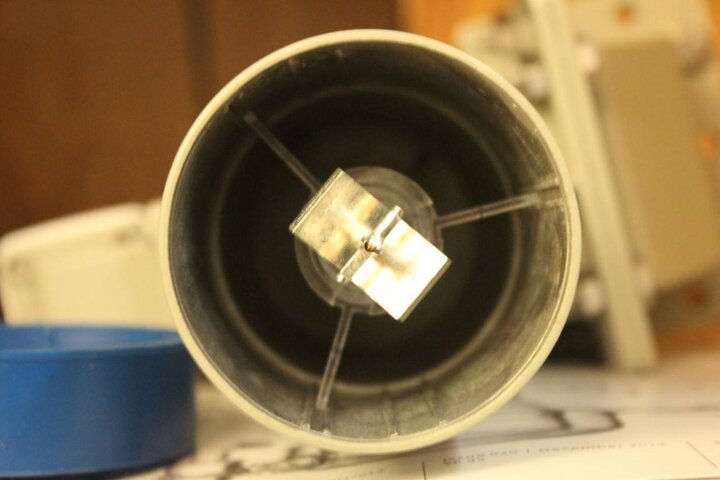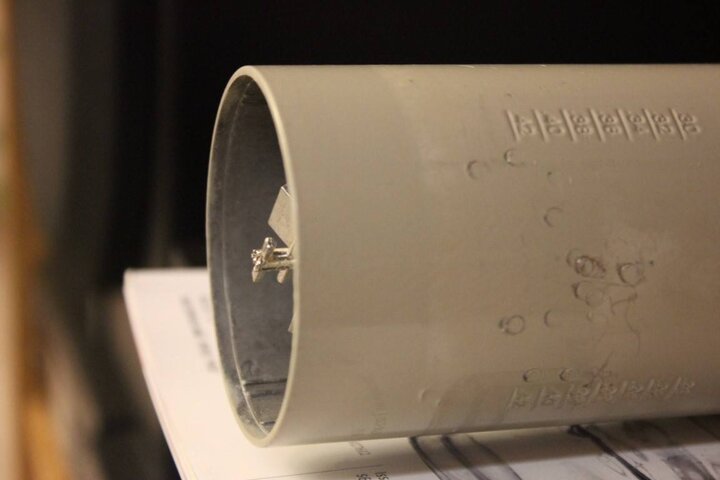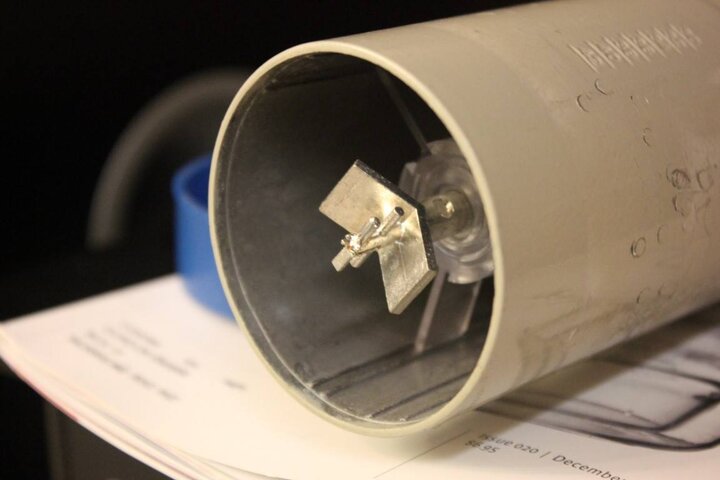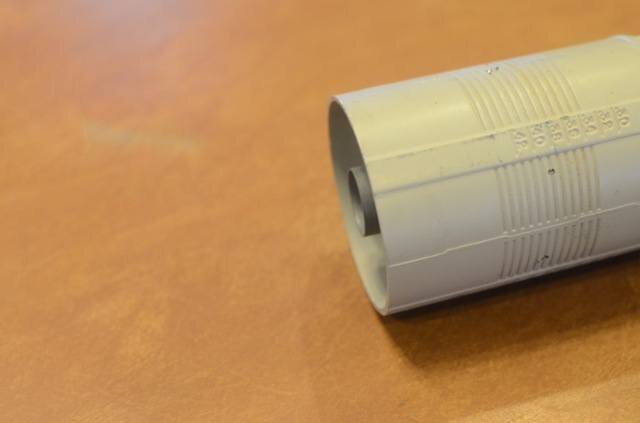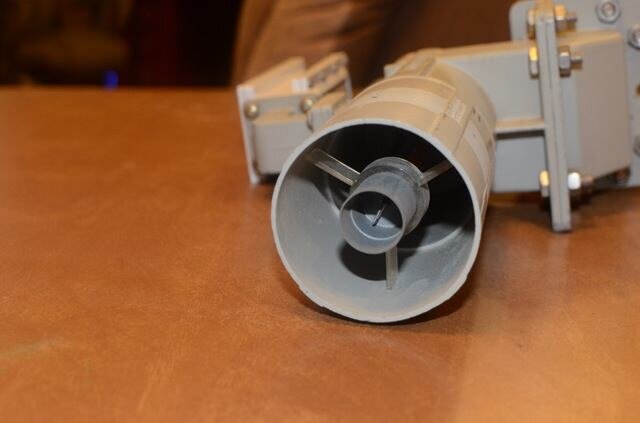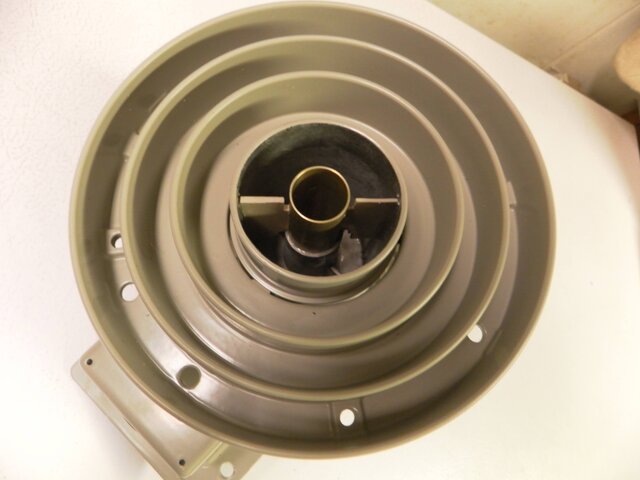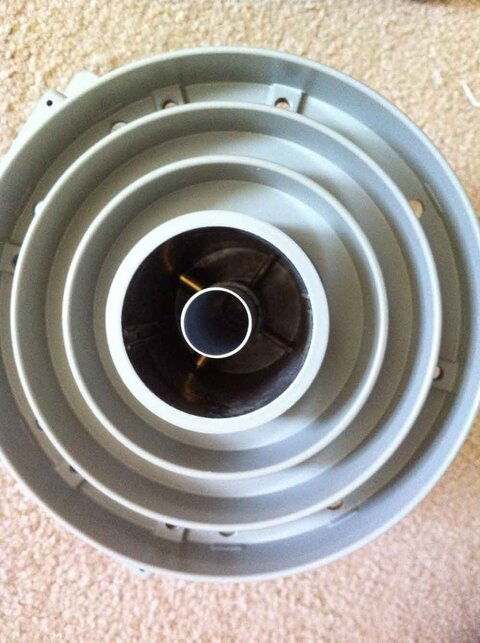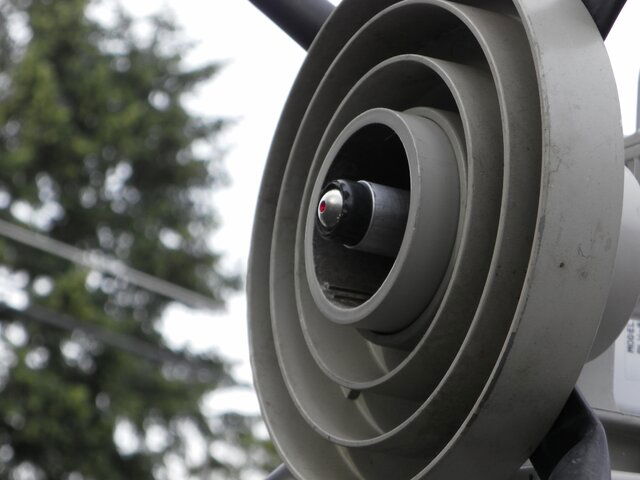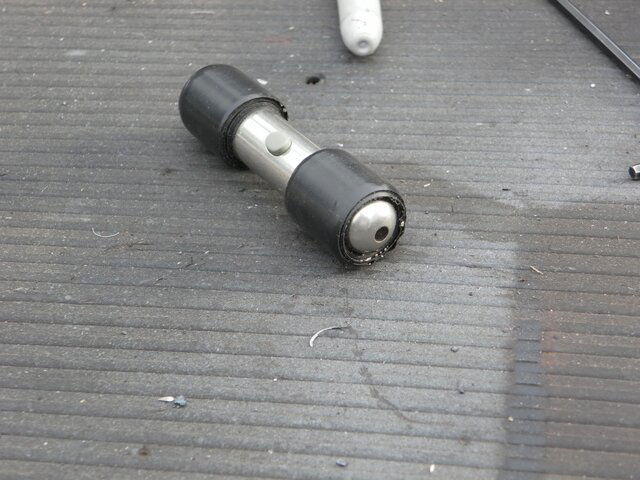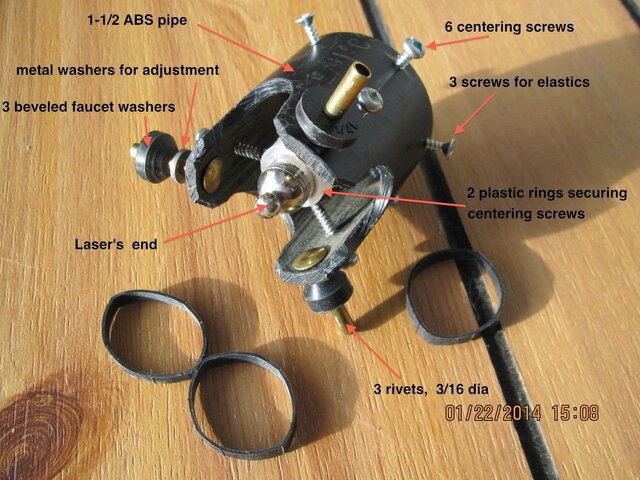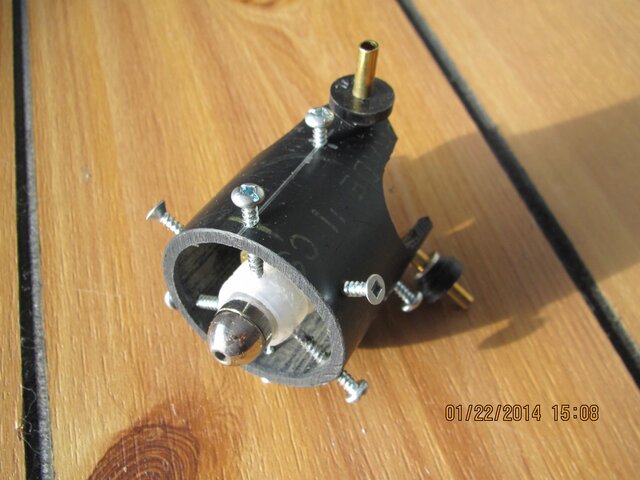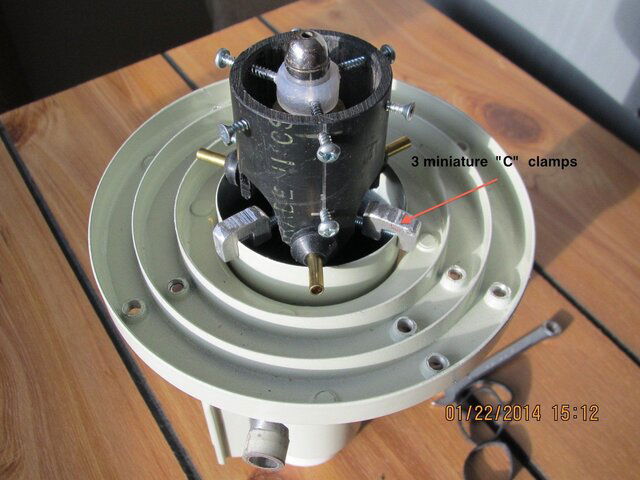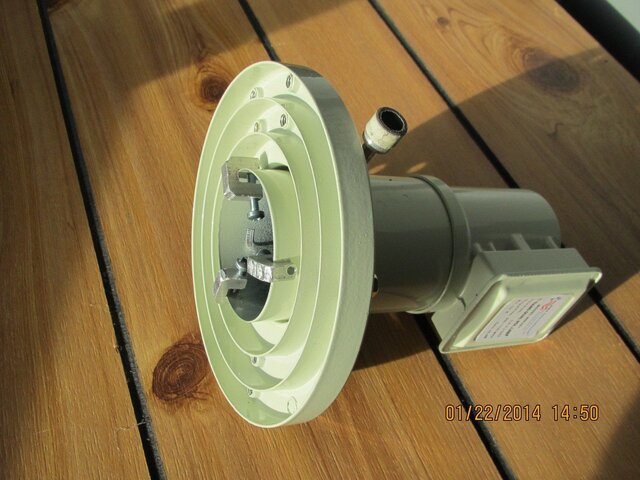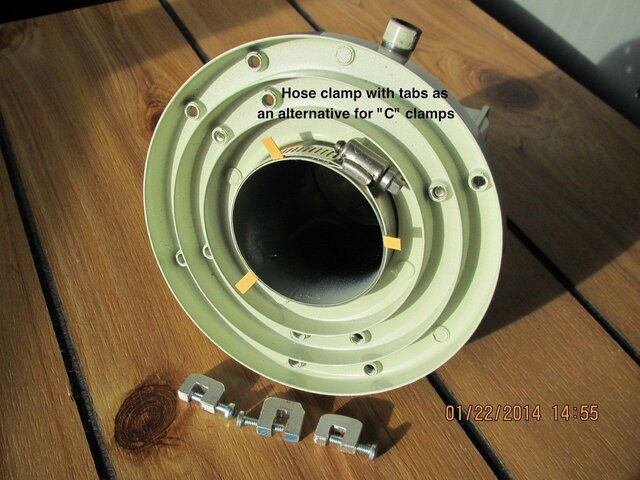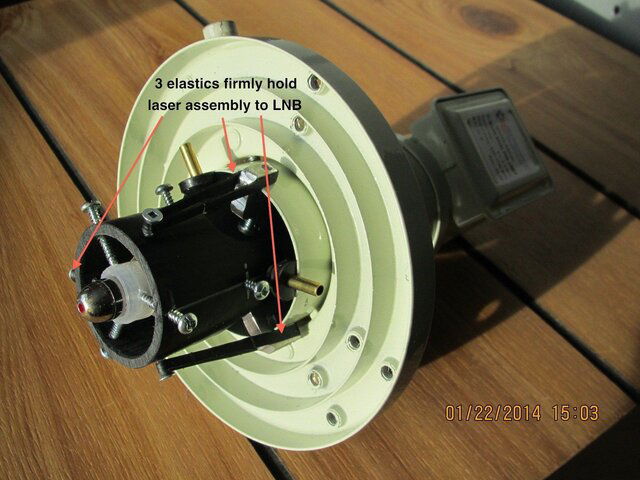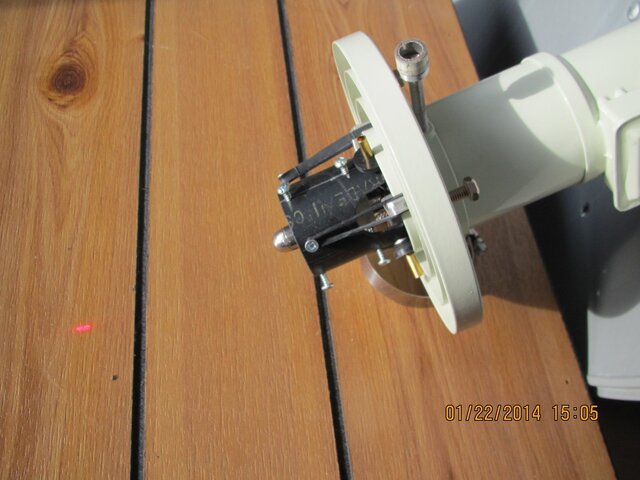When you mention dual ortho are you refering to a Bullseye?..I can take measurements there also.
So many variables with this.The one thing I ran into with this same project here was finding a laser that was true ( perpindicular ) to it`s outside diameter..Curious what laser is in mind?..Even tho we are dealing with castings I do think a fixture can be made with a high precision rate but the laser is in question?
#4 is important and true centering of the scaler.
So many variables with this.The one thing I ran into with this same project here was finding a laser that was true ( perpindicular ) to it`s outside diameter..Curious what laser is in mind?..Even tho we are dealing with castings I do think a fixture can be made with a high precision rate but the laser is in question?
#4 is important and true centering of the scaler.


